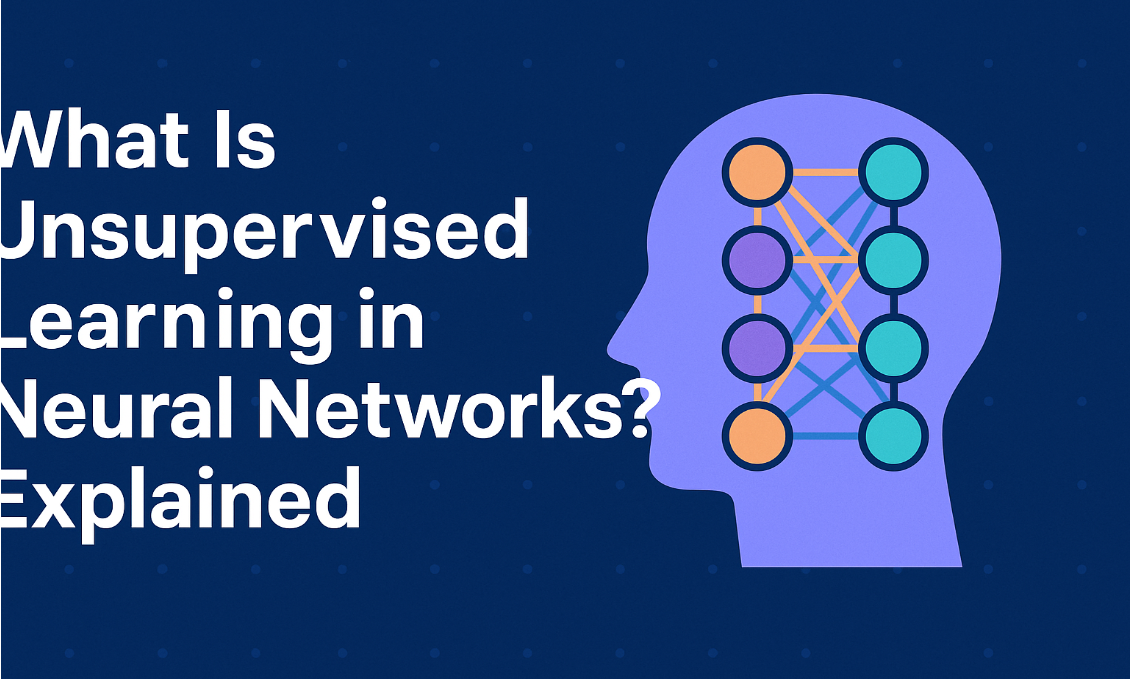
Operations on Fuzzy Sets: A Comprehensive Guide
Introduction
Fuzzy sets are an essential concept in Fuzzy Logic, which is widely used in artificial intelligence, control systems, and decision-making. Unlike classical sets that follow binary logic (0 or 1, true or false), fuzzy sets allow partial membership, making them ideal for handling uncertainty. In this article, we will explore various operations on fuzzy sets, their significance, applications, and problem-solving examples.
Table of Contents
Basic Operations on Fuzzy Sets
Union
Intersection
Complement
Advanced Operations on Fuzzy Sets
Algebraic Sum and Product
Bounded Sum and Difference
T-Norms and T-Conorms
What Are Fuzzy Sets?
A fuzzy set is a mathematical concept where elements have degrees of membership rather than a strict binary classification. A fuzzy set is represented by a membership function that assigns values between 0 and 1.
Example:
In a classical set of tall people, a person is either tall (1) or not tall (0).
In a fuzzy set, a person might be 0.7 tall, meaning they somewhat belong to the tall category.
Basic Operations on Fuzzy Sets
1. Union (OR Operation)
Represents the maximum membership value from two fuzzy sets.
Formula:
2. Intersection (AND Operation)
Represents the minimum membership value from two fuzzy sets.
Formula:
3. Complement (NOT Operation)
Represents the inverse of a fuzzy set’s membership function.
Formula:
Advanced Operations on Fuzzy Sets
1. Algebraic Sum and Product
Sum Formula:
Product Formula:
2. Bounded Sum and Difference
Sum:
Difference:
3. T-Norms and T-Conorms
T-Norms (AND-like operations): Minimum, Product, Łukasiewicz
T-Conorms (OR-like operations): Maximum, Probabilistic Sum, Drastic Sum
Examples of Fuzzy Set Operations
Example: Let’s assume two fuzzy sets A and B representing “Tall People” and “Athletic People”:
Applying Union Operation:
John = max(0.8, 0.7) = 0.8
Alice = max(0.5, 0.6) = 0.6
Bob = max(0.6, 0.9) = 0.9
Advantages of Using Fuzzy Set Operations
✅ Handles imprecise and uncertain data. ✅ Useful for AI, robotics, and decision-making systems. ✅ More flexible compared to classical logic.
Disadvantages and Limitations
❌ Requires expertise to define fuzzy rules. ❌ Computationally intensive for large systems. ❌ Harder to interpret than traditional binary logic.
Applications of Fuzzy Sets
🔹 AI and Machine Learning 🔹 Control Systems (e.g., Washing Machines, ACs) 🔹 Medical Diagnosis 🔹 Stock Market Predictions 🔹 Image Processing
Fuzzy Sets vs. Classical Sets
| Feature | Fuzzy Sets | Classical Sets |
|---|---|---|
| Membership | Partial (0 to 1) | Binary (0 or 1) |
| Flexibility | High | Low |
| Handling Uncertainty | Excellent | Poor |
| Example | A person can be 0.7 tall | A person is either tall or not |
Conclusion
Fuzzy set operations provide a powerful way to handle uncertainty and vagueness in real-world applications. Whether in AI, control systems, or decision-making, fuzzy logic offers flexibility beyond traditional binary logic. Understanding these operations enables better implementation in various fields.
FAQ
What are fuzzy set operations?
Fuzzy set operations involve mathematical functions like union, intersection, and complement that help process uncertainty in fuzzy logic.
What is the difference between classical and fuzzy set operations?
Classical set operations are binary (either an element belongs to a set or not), while fuzzy sets allow partial membership values between 0 and 1.
What are some real-world applications of fuzzy set operations?
Fuzzy set operations are used in AI, medical diagnosis, control systems, image processing, and decision-making models.
Why is fuzzy logic important in computing?
Fuzzy logic helps handle imprecise data, making it ideal for AI, robotics, and complex decision-making processes.
My Comment 🚀
🔥 This article provides a comprehensive guide to fuzzy set operations with history, examples, advantages, and practical applications. 🚀💯
What are your thoughts on fuzzy logic applications? Share in the comments! 😊








